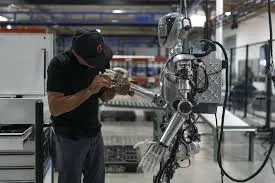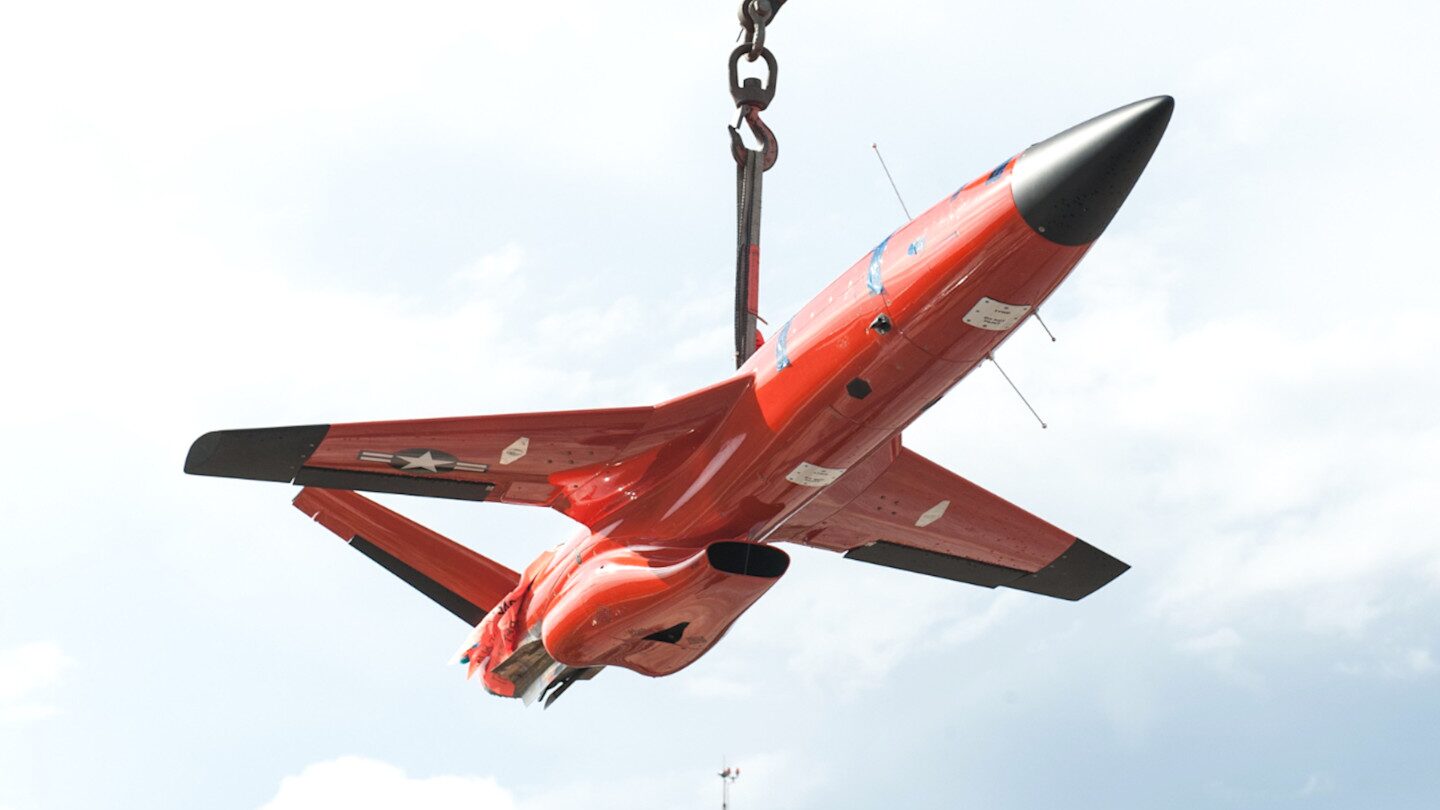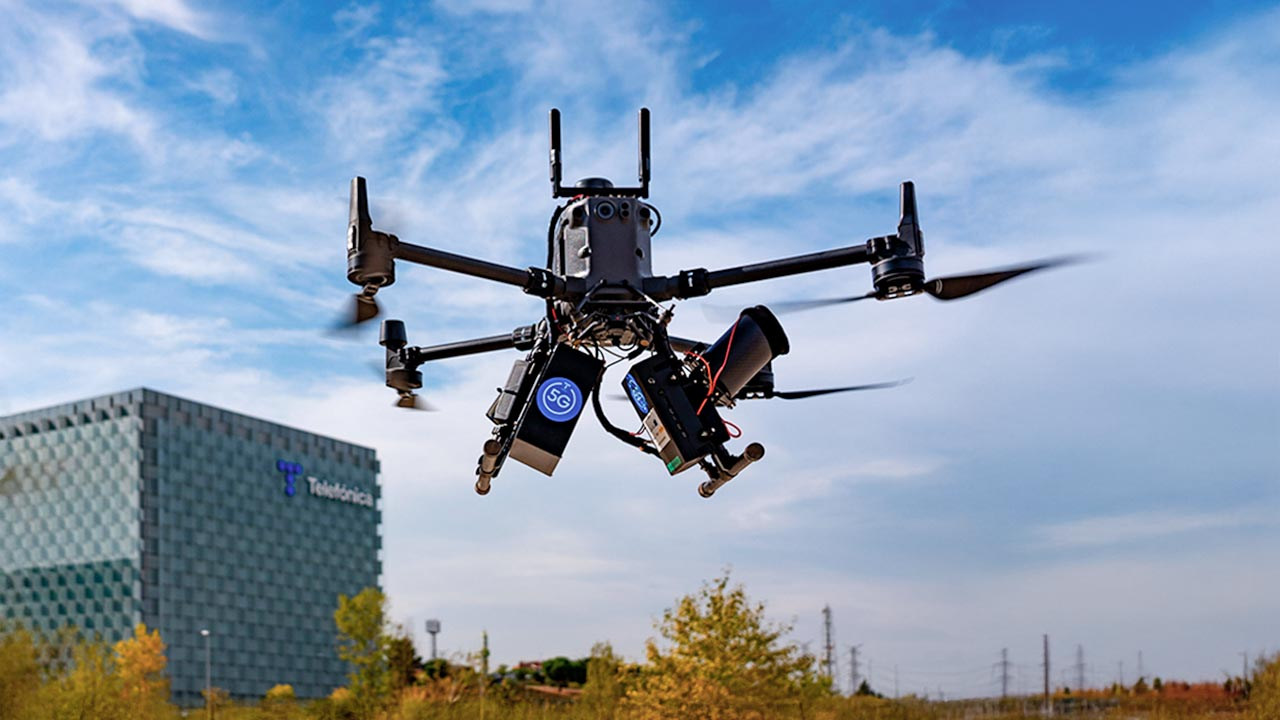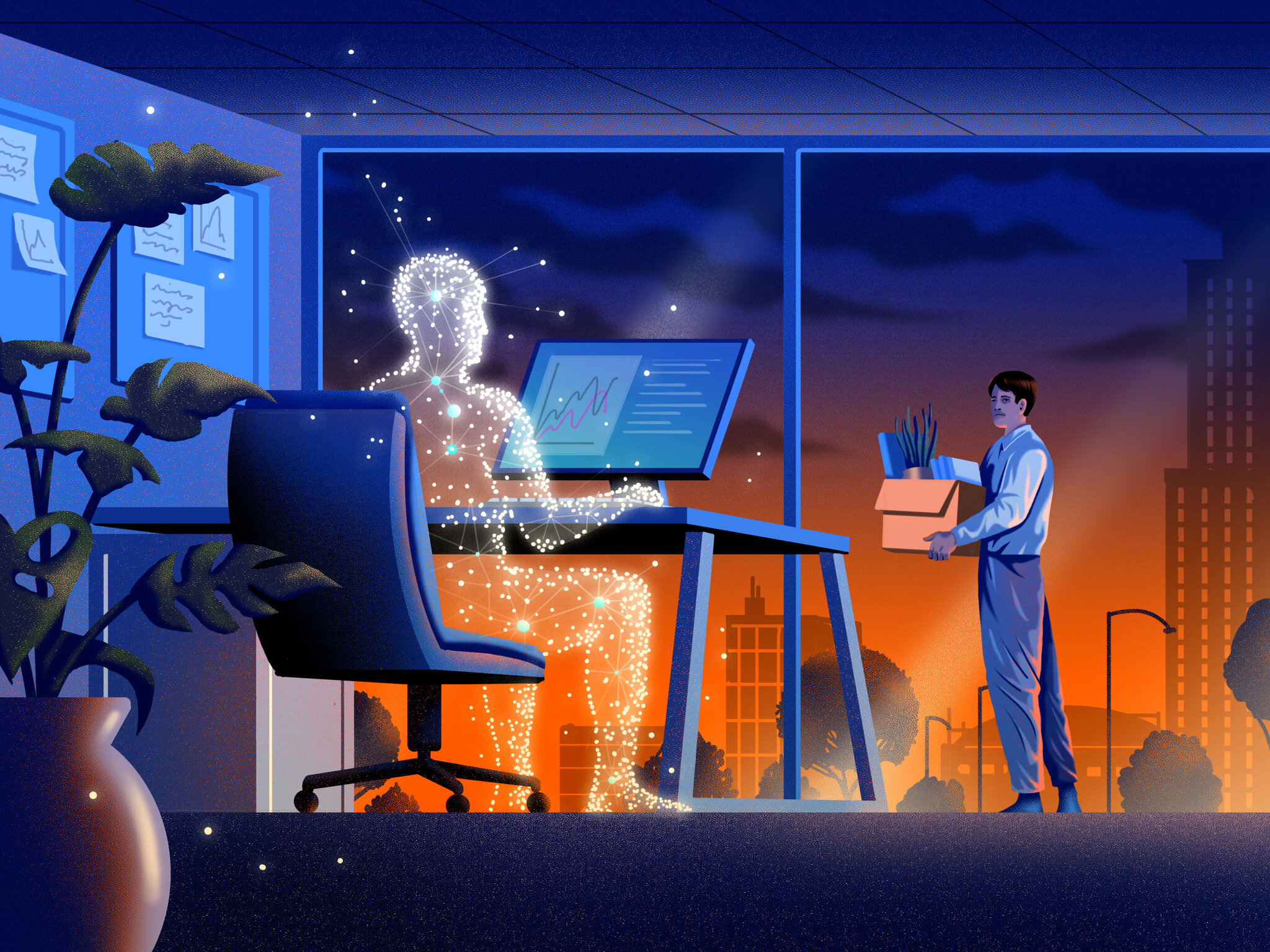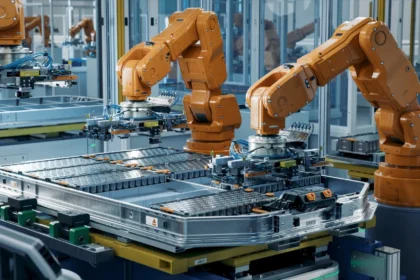Figure AI, a robotics startup based in San Jose, California, just raised a massive Series C round that pushed its valuation to about US$39 billion, according to recent reports. The investment led by Parkway Venture Capital and backed by heavyweights like NVIDIA, Intel Capital, and Qualcomm Ventures will fund scaling up humanoid robot development, manufacturing, and data infrastructure. It’s a strong signal that humanoid robotics are moving from the “wow” of prototypes into real commercial ambition.
What Figure AI Is Building
Figure’s roadmap includes further development of its AI platform “Helix,” which enables vision-language control for robots, and expansion of its manufacturing capacities through its facility “BotQ.” The goal is to build humanoid units that work co-operatively with humans in household or commercial settingshandling repetitive, dangerous, or precision tasks. The company has made notable progress in mobility, dexterity, and safety as it works toward more versatile robots.
Why Now? What’s Changed
Several trends have converged: rising labor shortages, inflation, more demand for automation, and big leaps in AI and robotics hardware. Costs of sensors, compute, and actuators have dropped enough that building humanoid robots is slowly becoming financially feasible. Investors are betting that demand will grow factories, elder care, logistics, even retail could use humanoid robots for tasks where conventional automation fails or is too rigid. Figure’s valuation jump reflects that confidence.
What This Means for Automation Models
Humanoid robots could fill in gaps where more rigid automation (conveyor belts, fixed arms) don’t work. Environments with unpredictable or unstructured tasks such as picking, assembly, cleanup, maintenance are difficult for fixed-path machines, but more natural for humanoids. If Figure and its competitors succeed, we could see a shift in how factories or commercial spaces are designed: more human-robot collaboration rather than robots replacing whole systems.
Challenges Ahead
That said, humanoid robotics is far from solved. Key challenges include safety, reliability over long periods, battery life, maintaining mobility and balance, cost of repair, and real-world perception (vision / touch). Also, scaling manufacturing is hard: building one or a few humanoids in a lab is very different from reliably producing thousands. Regulatory and ethical concerns (robot behavior, workplace safety, displacement of labor) also matter. Even Figure admits much of its success depends on how well it can gather and use data, refine software, and iterate quickly.
Broader Impacts
If humanoid robots become more common, the effects will ripple beyond factories. In workplaces, they could enable more extended operations (24/7), reduce human exposure to hazardous tasks, and fill roles in eldercare or public service. For consumers, humanoids could handle chores or maintenance. But with great power comes the need for oversight privacy, safety, standards, and labor protections will need to catch up. Adoption will likely move fastest where the ROI is clearest (warehouses, long-term care facilities) rather than casual home use.
What To Watch Next
Key indicators that will show whether this humanoid moment sticks:
- Pilot deployments of Figure’s robots in real commercial settings warehouses, elder care facilities, etc.
- How much cost per unit drops as manufacturing scale increases.
- User feedback on safety, usability, maintenance failures, and how well robots handle unstructured tasks.
- Regulatory movement in U.S./EU about humanoid safety, liability and human-robot interaction standards.
- Competition: how other startups or big players (e.g. Tesla, Apptronik) respond or accelerate humanoid efforts.
My Take
This is the kind of story that reminds us robotics is no longer just dreams and lab demos. Figure AI’s valuation leap suggests investors believe humanoids can cross from novelty to utility. But success depends on a lot of small but hard details battery, durability, safe interaction, cost. If they get them right, humanoid robots might finally shift from science-fiction to something we see in factories, care homes, and maybe even homes. But I’m skeptical about “general-purpose” humanoids anytime soon it’s easier to automate one task than build a robot that learns dozens. Still, Figure’s rise is exciting; we’re seeing the future build itself, step by step.



